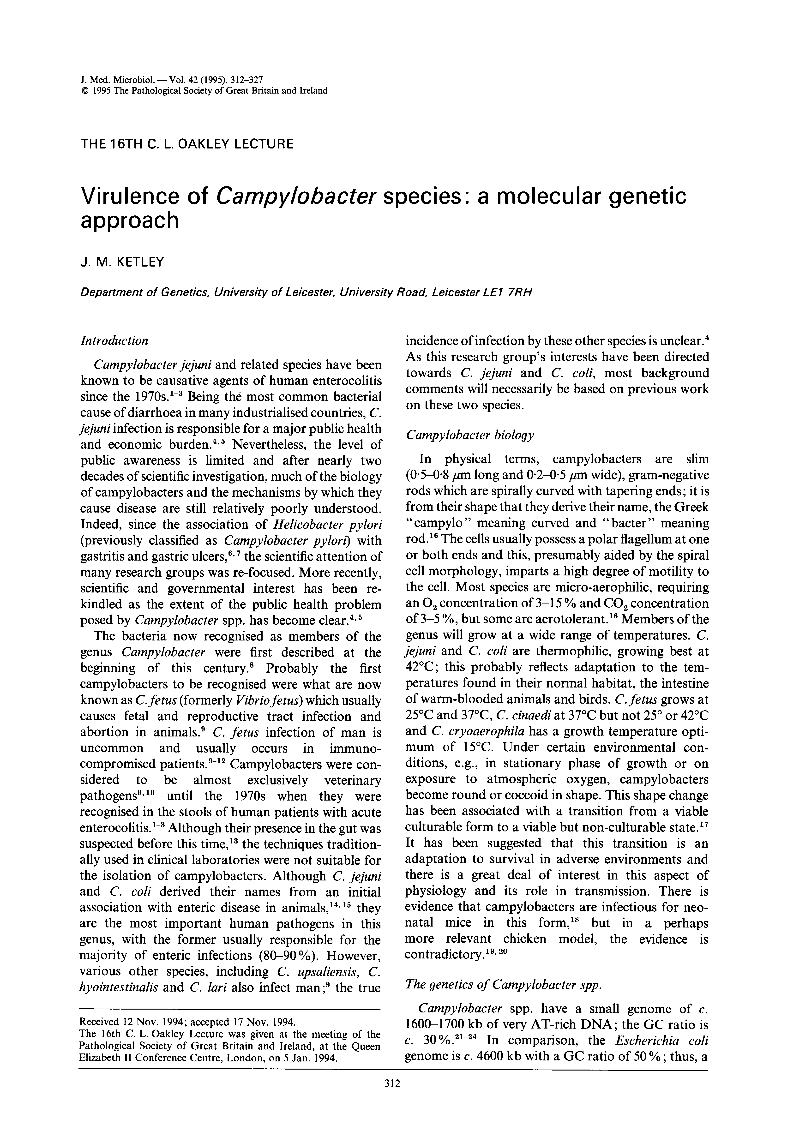
Full text loading...

Virulence of Campylobacter species: A molecular genetic approach, Page 1 of 1
< Previous page | Next page > /docserver/preview/fulltext/jmm/42/5/medmicro-42-5-312-1.gif
There is no abstract available.

Article metrics loading...

Full text loading...
References


Data & Media loading...
